Gold-mining and large-scale agriculture are becoming increasingly prevalent in Amazon forests of Peru and elsewhere. With these activities, the possibility of mercury pollution increases, which could and has had serious negative impacts on human and wildlife health. Dr. Farah Carrasco examined the presence of mercury in tropical bats in a region of Peru where gold-mining activities are on-going. Her work captured bats in forest-agricultural landscapes supporting native Amazon forests, papaya plantations and active cattle pastures. The results show that bats are differentially susceptible to accumulating mercury with carnivores and insectivores having higher mercury levels than frugivorous bats. Although bats are shown to be at risk, Farah did not find a signature of mercury risk either as an association with land use practices nor proximity to gold-mining. The nearest gold-mining activities were >3 km away and sites sampled occurred as far away as 89 km. These results may serve as an important baseline for further monitoring as mining and agricultural activities continue in the region. Farah received her PhD in Interdisciplinary Ecology in the School for Natural Resources and the Environment at University of Florida in 2018. She is now based in the Keller Science Action Center, Field Museum of Natural History in Chicago where she continues her work in the Peruvian Amazon. To see this publication click here.
By loiselleb@gmail.com|
2020-04-24T16:13:50+00:00
April 24th, 2020|Amazon, bats, Peru, SNRE, TCD, WEC, wildlife management|0 Comments
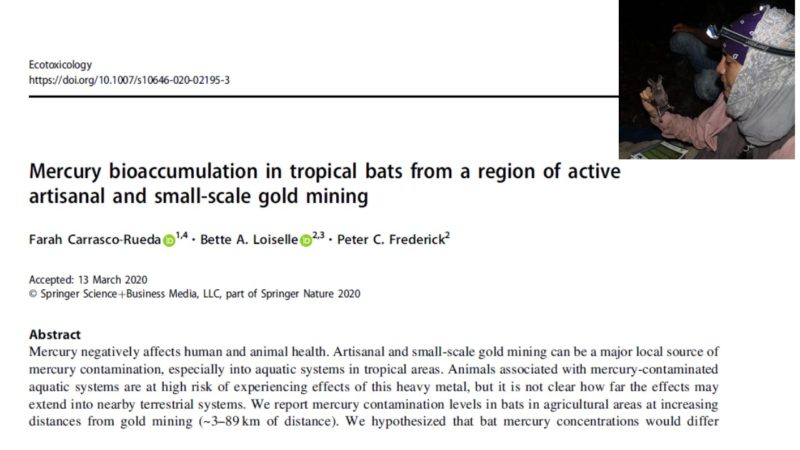
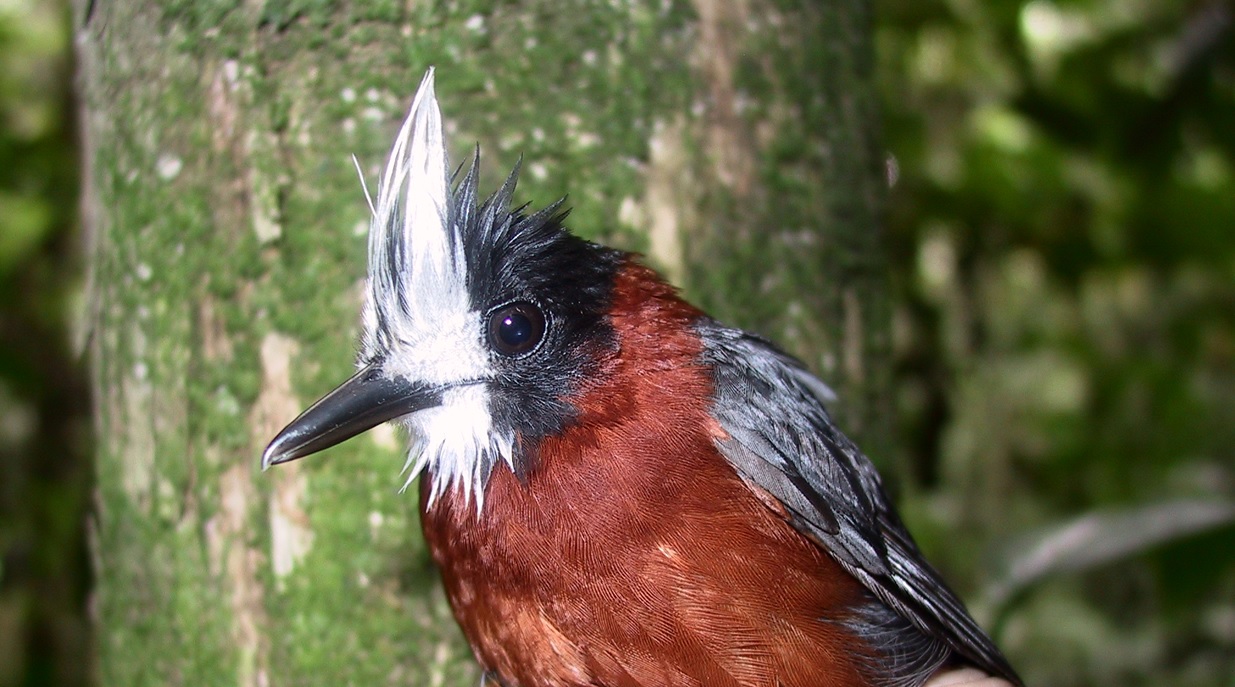
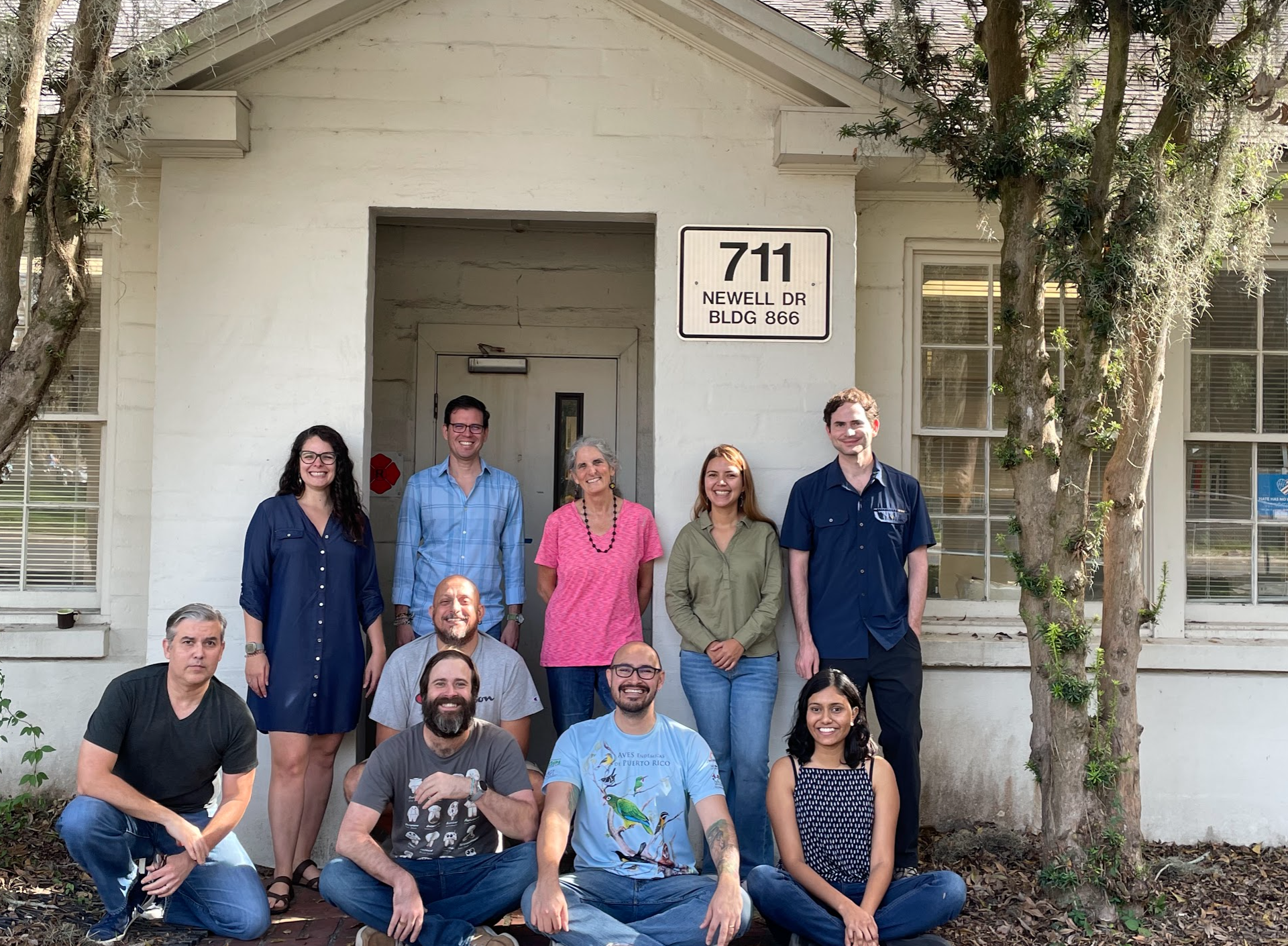
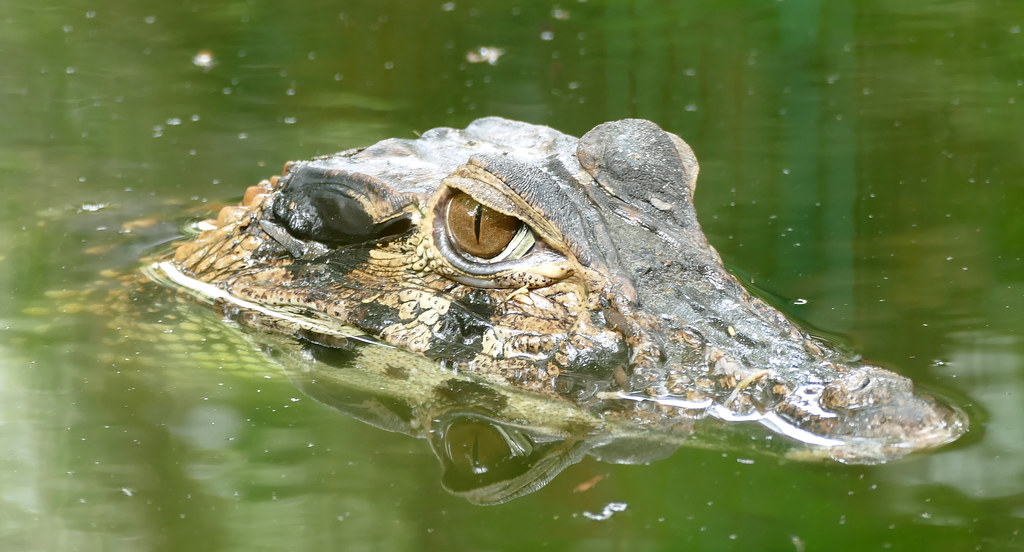

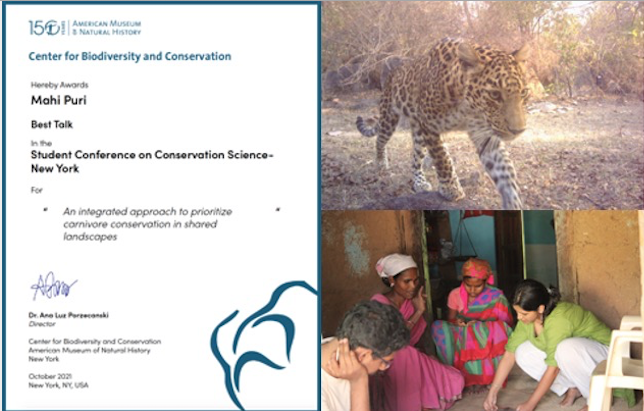
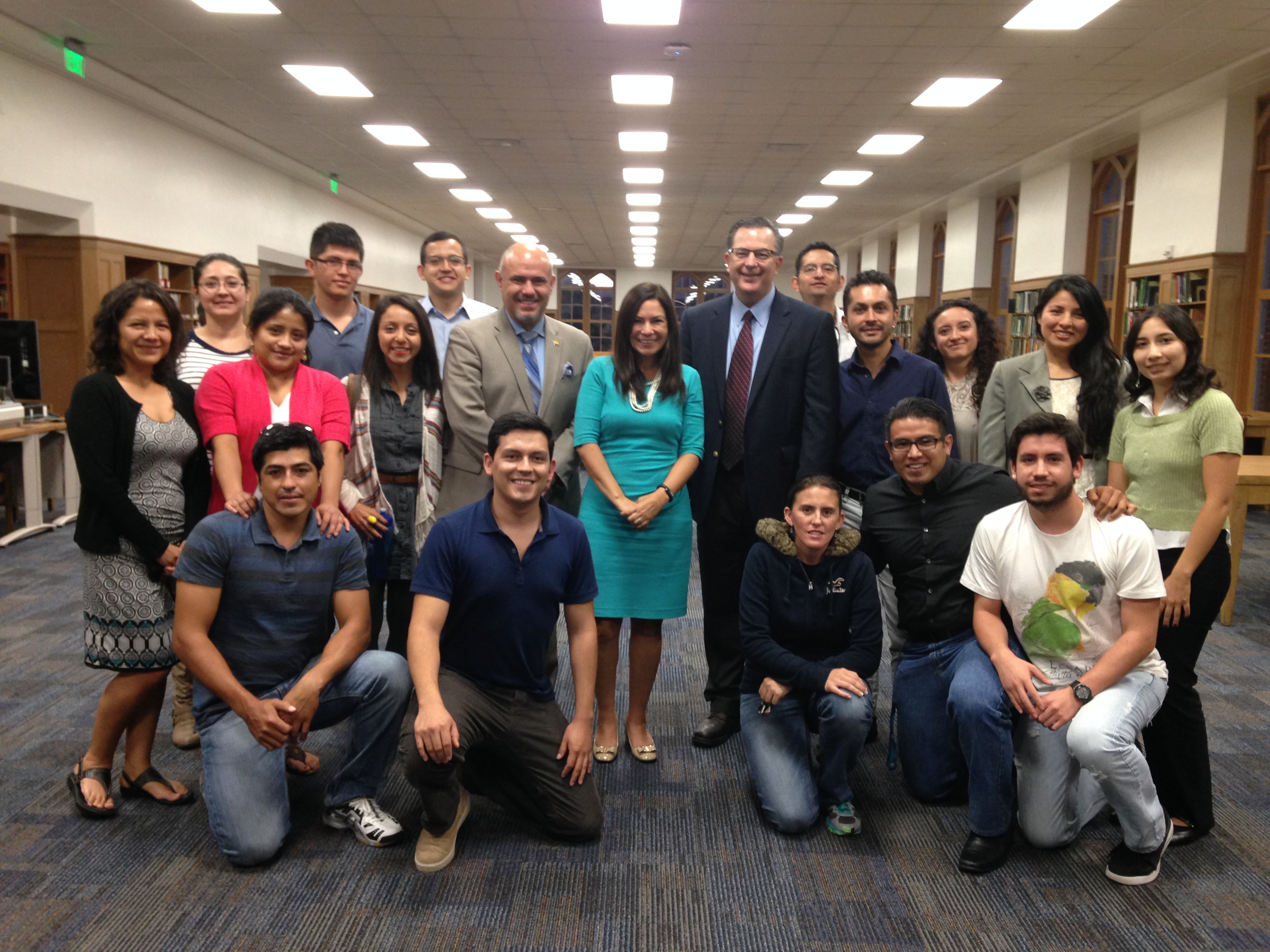





Recent Comments